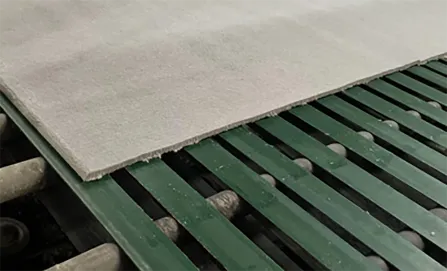- Afrikaans
- Albanian
- Amharic
- Arabic
- Armenian
- Azerbaijani
- Basque
- Belarusian
- Bengali
- Bosnian
- Bulgarian
- Catalan
- Cebuano
- Corsican
- Croatian
- Czech
- Danish
- Dutch
- English
- Esperanto
- Estonian
- French
- German
- Greek
- Hindi
- Indonesian
- irish
- Italian
- Japanese
- Korean
- Lao
- Malay
- Myanmar
- Norwegian
- Norwegian
- Polish
- Portuguese
- Romanian
- Russian
- Serbian
- Spanish
- Swedish
- Thai
- Turkish
- Ukrainian
- Uzbek
- Vietnamese
Nov . 07, 2024 03:20 Back to list
ceiling grid cross tee
Understanding Ceiling Grid Cross Tees An Overview
Ceiling grid cross tees are an essential component in the design and installation of suspended ceilings. This system not only provides structural support for the ceiling tiles but also plays a crucial role in the aesthetic appeal and functionality of interior spaces. In this article, we will delve into what ceiling grid cross tees are, their installation process, benefits, and considerations for selection.
Ceiling grid systems generally consist of main runners and cross tees. The main runners run the length of the room, while cross tees connect perpendicularly to create a grid-like framework. Cross tees are typically used to support ceiling tiles or panels, allowing for easy access to the ceiling cavity for maintenance and upkeep. They are available in various lengths and configurations to accommodate different room dimensions and design requirements.
One of the primary benefits of using ceiling grid cross tees is the flexibility they provide in design. With cross tees, homeowners and designers can create a variety of ceiling patterns and layouts. This versatility makes it easy to customize the ceiling to meet specific needs, whether it's for residential, commercial, or industrial spaces. Moreover, the grid system allows for the integration of lighting fixtures, HVAC elements, and acoustic treatments, making it a popular choice among architects and contractors.
ceiling grid cross tee

Installation of ceiling grid cross tees is relatively straightforward, making it an attractive option for both DIY enthusiasts and professionals. The process typically begins with the installation of the main runners, which are usually suspended from the structural ceiling using wires. Once the main tees are secured in place, the cross tees are inserted into the main runners at specified intervals. These intervals can vary based on the size of the ceiling tiles being used. Generally, cross tees are installed 2 feet or 4 feet apart, aligning perfectly to accommodate standard ceiling tile sizes.
Choosing the right materials for ceiling grid cross tees is vital to ensure durability and a finished look. Most cross tees are made from metal, typically galvanized steel, which provides strength and resistance to corrosion. Some options may even include aluminum or other coated finishes to provide additional aesthetic appeal. When selecting cross tees, it’s important to consider the weight of the ceiling tiles they will support, as well as any potential expansion or contraction due to temperature changes.
In terms of maintenance, ceiling grid cross tees require minimal upkeep. Dust and debris can accumulate over time, so periodic cleaning may be necessary to maintain their appearance. Additionally, should any of the ceiling tiles get damaged, they can be easily replaced without the need for extensive repairs to the grid system itself.
In conclusion, ceiling grid cross tees serve as a foundational element in suspended ceiling systems, offering both aesthetic and practical advantages. Their ease of installation, flexibility in design, and low maintenance make them a preferred choice for various applications. Whether you are renovating a space or constructing a new building, understanding the role and benefits of ceiling grid cross tees will help you make informed decisions for a successful ceiling installation.
-
Mineral Fiber Ceiling Tiles Embossed Surface PatternNewsAug.05,2025
-
Mineral Fiber Board Xingyuan Vision for Better SpacesNewsAug.05,2025
-
Drop Down Ceiling Tile Office Use FitNewsAug.05,2025
-
PVC Gypsum Ceiling White Base ColorNewsAug.05,2025
-
Access Panel on Ceiling Xingyuan Integrity EthicNewsAug.05,2025
-
Ceiling Trap Doors Fire Resistant DesignNewsAug.05,2025







